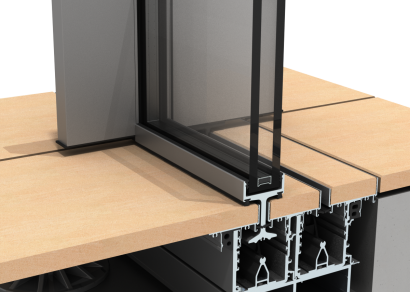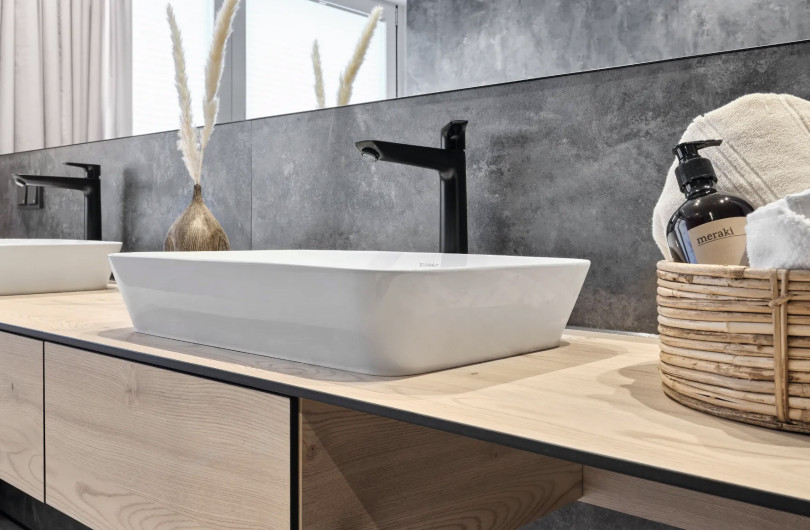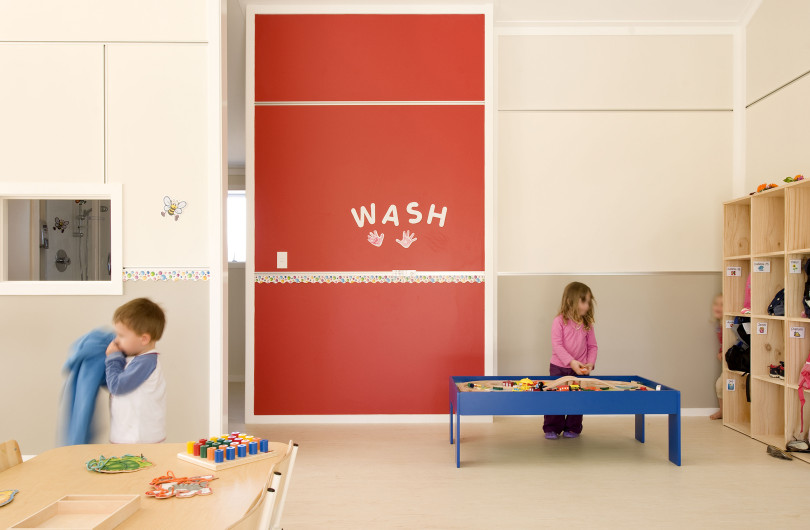Important in any home you design or build, services take on an even more important role in MDH, because the last thing you want to see or hear in an MDH development is a sewer pipe, especially if it is your neighbour's. The great news is that if well designed, the services can be sensibly hidden away and never seen or heard from again. That applies not just to piping, but to other services as well including electrical wiring, TV and data cabling, air ventilation ducting, and of course stormwater and fresh water as well.
All of us in the business have spent time hiding these items within walls, under floors, snaking down the outside of external walls, and a few of you may have had closer encounters where these services may have made an unintended arrival on the inside of the building. It’s bad enough when it is your own roof leaking, but it seems to take on another dimension of irritation and distress when it is your neighbour's place upstairs that bursts a pipe through no fault of your own. The key to avoiding this is, of course, to design them and build them in a manner where they can cause no damage.
In the book Medium, our friendly, knowledgable, and incredibly helpful plumber Pete Downey has set down in writing a lifetime’s worth of helpful advice on what to do with your waterworks on an MDH project, from the front gate position of your toby, into and up the building to the roof, the positions of the floor waste gullies, tips on the hot water cylinder, and a fair few helpful hints on the question of what to do when the s*** goes down. Literally.
Although the NZBC stays remarkably free from such base discussions, both Pete and I agree that the best way to avoid issues of the sound and sight of sewerage pipes, is to make sure that they stay completely within your own curtilage and do not venture into a neighbour’s apartment. That’s something that we still need to get used to in Aotearoa New Zealand, as we have been used to being the master of our own housing envelope for so long. Out of sight, out of mind. But no longer. In the MDH world, there’s a moral, ethical and one day legal obligation to avoid taking services into a fire-rated, acoustic treated inter-tenancy wall (ITW), and this restriction applies even more so for those fire-rated, acoustic treated inter-tenancy floors (ITF) as well.
That is going to mean some changes in your design practice, and in the building details, and in the manner that an old-school plumber might install a system. From now on, in MDH builds, we need every person, both on site and off site, to understand that the ITF and the ITW create a legal boundary that, as Gandalf says with mighty gusto, “You shall not Pass!!” And it takes a lot of effort to accomplish that. S-traps are out, P-traps are in — in to the wall of the vertical services riser and straight down and out. No hanging a pipe through the floor from one apartment, into the ceiling void of the unit below. Not even “just a little bit”. There is a chance to use the common space (Corridor) of the floor below, but the best thing to do is to encapsulate everything within your own apartment. That gets tricky — we know that — but the day is coming when this will part of the NZ Building Code, so we had better start getting used to that now.
There’s a couple of good reasons for all this care and attention over services in MDH, and the first is legal. The legal boundary of an ITF or an ITW lies in the centre of the wall, but the entire ITF or ITW is part of that legal concept. Don’t force the boundary. Don’t pierce the wall. The second aspect is because the peace and quiet of the residents relies on the sanctity of this wall relies on the quality and the integrity of the boundary. Noise and fire are the hazards to living in MDH, but properly managed, both can be reliably and safely kept away. Make your walls and floors count. We’ve lots of answers for you, within Medium.
Medium: A technical design guide for creating better medium density housing in Aotearoa New Zealand, written by Guy Marriage, offers best-practice guidance for the design and construction of medium density housing (MDH) in NZ, along with local case studies. Click here to register for a sponsored copy




























 Most Popular
Most Popular Popular Products
Popular Products



